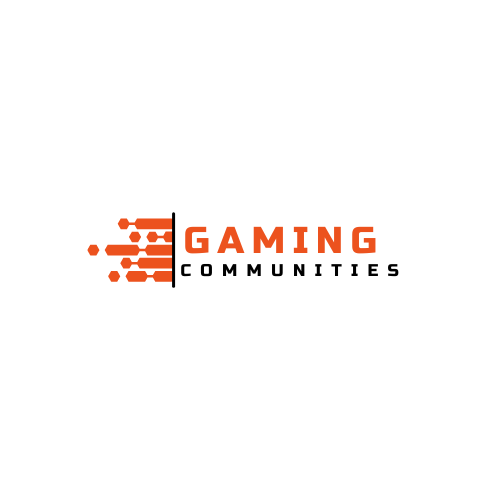The office, once a static environment synonymous with fluorescent lighting and cubicles, has undergone a remarkable transformation in recent years. In the wake of technological advancements, shifting work cultures, and the global pandemic, the traditional concept of the office has evolved into a dynamic and adaptable space that caters to the needs of a diverse workforce.
Historically, offices were characterized by rigid structures, hierarchical layouts, and a fixed 9-to-5 schedule. However, the rise of remote work and the implementation of flexible schedules have challenged this conventional model. The COVID-19 pandemic acted as a catalyst, propelling the widespread adoption of remote work and accelerating the integration of digital tools and collaborative platforms. As a result, the boundaries between the physical office and remote workspaces became increasingly blurred.
The concept of the modern office now encompasses flexibility, inclusivity, and a focus on employee well-being. Companies are redesigning their physical spaces to prioritize collaboration, creativity, and comfort. Open floor plans, shared workspaces, and designated areas for collaboration and relaxation have replaced the cubicle culture, fostering a sense of community and encouraging interaction among employees.
Furthermore, the integration of technology has revolutionized the way we work. Cloud-based applications, virtual meeting platforms, and project management tools have facilitated seamless communication and collaboration regardless of geographical barriers. Augmented and virtual reality technologies are also starting to find their way into the office environment, offering innovative solutions for training, design, and remote collaboration.
The office is no longer confined to a single location. Hybrid work models have gained popularity, allowing employees to divide their time between working from home and coming into the office. This hybrid approach provides the flexibility desired by many workers while still fostering in-person connections and maintaining a sense of corporate culture.
Additionally, the focus on employee well-being has become a central 오피출장 aspect of office design. Companies are investing in wellness programs, ergonomic furniture, and spaces that promote mental health and work-life balance. Green spaces, natural lighting, and dedicated areas for relaxation and mindfulness activities are becoming integral parts of the modern office ecosystem.
However, challenges persist in this evolving landscape. Balancing the need for remote work flexibility with maintaining a cohesive company culture, addressing potential feelings of isolation among remote workers, and ensuring data security in a distributed work environment are some of the ongoing concerns companies face.
As we navigate the ever-changing landscape of work, the office continues to adapt and reinvent itself. The future of the office lies in its ability to embrace innovation, prioritize human connection, and adapt to the evolving needs and expectations of the workforce. By fostering a collaborative, inclusive, and adaptable environment, the modern office remains a cornerstone of productivity, creativity, and organizational success in the years to come.
